The Future of the Waste Sorting Industry: A Promising Year Ahead (2025)
As we look ahead to 2025, the waste sorting industry is poised for significant advancements and transformations. This sector, which plays a crucial role in environmental sustainability, is increasingly becoming a focal point for technological innovation, policy reform, and public engagement. The following analysis draws on recent news reports, industry publications, and academic research to outline the key trends and expectations for the coming year.
Technological Innovations Driving Efficiency
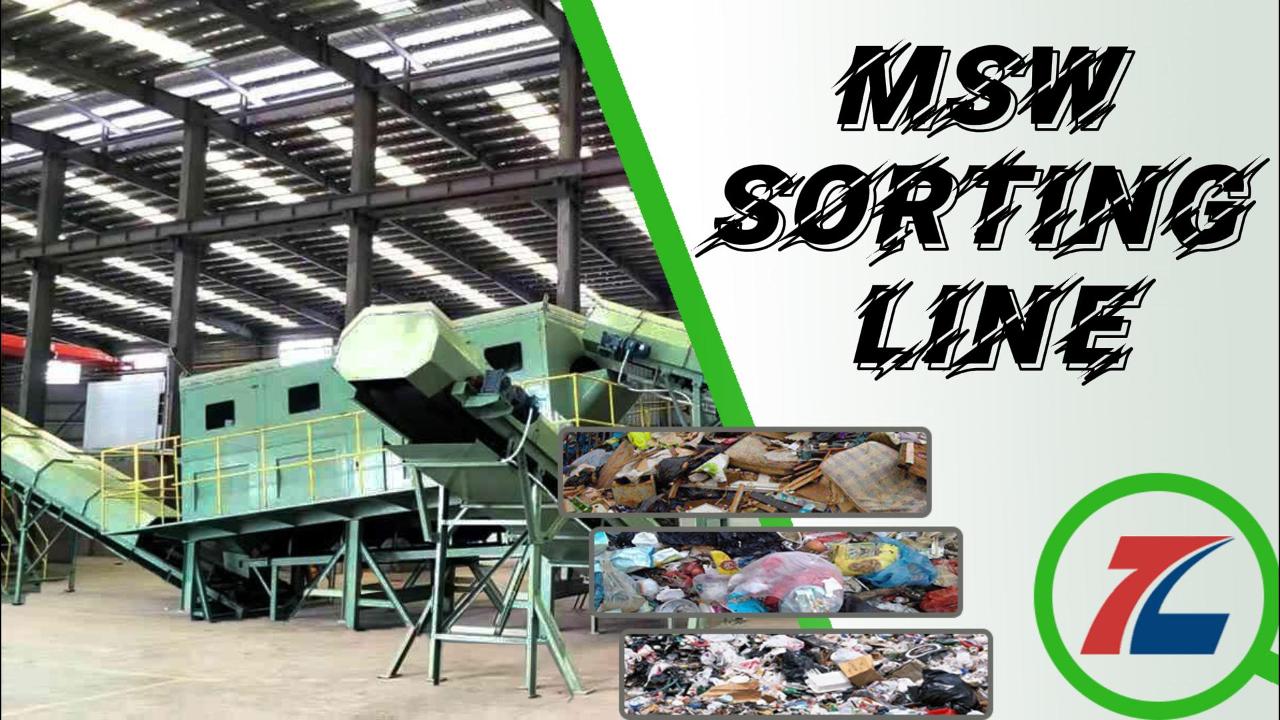
One of the most exciting developments in the waste sorting industry is the integration of artificial intelligence (AI) and robotics. According to a report by *Waste Management World* (2024), AI-driven systems are now capable of identifying and sorting different types of waste with unprecedented accuracy. These technologies not only increase the efficiency of recycling processes but also significantly reduce contamination rates, making it possible to recover more materials from the waste stream. For instance, companies like AMP Robotics and ZenRobotics have already deployed robotic sorters that use machine learning algorithms to improve their performance over time, adapting to new materials and sorting challenges.
Policy Changes and Government Initiatives
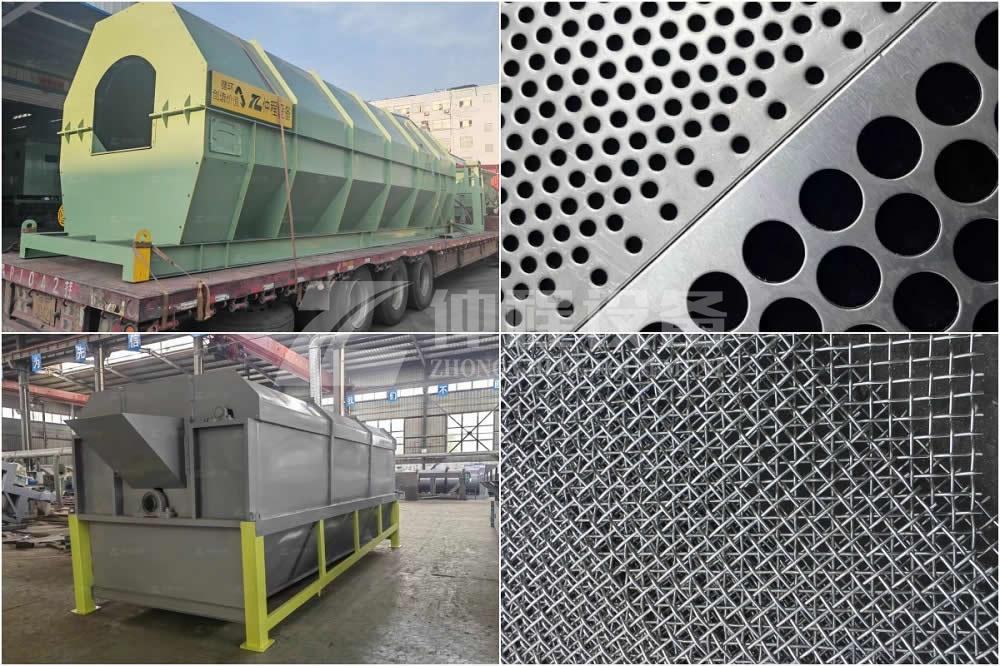
Governments around the world are recognizing the importance of effective waste management as part of broader sustainability goals. In 2024, several countries, including the European Union, China, and Canada, announced stricter regulations aimed at reducing waste and increasing recycling rates. The EU's Circular Economy Action Plan, for example, sets ambitious targets for member states to achieve 65% recycling of municipal waste by 2035. Such policies are expected to drive demand for advanced waste sorting solutions, encouraging both private and public sectors to invest in modernizing their facilities and adopting best practices.
Public Awareness and Participation
Public awareness about the environmental impact of waste has never been higher. Campaigns promoting recycling and responsible waste disposal have seen a surge in participation, especially among younger generations. A survey conducted by the *Global Recycling Foundation* (2024) found that 78% of respondents under 30 years old actively seek out information on how to recycle properly and support businesses that prioritize sustainable practices. This growing consciousness is likely to lead to increased household participation in source separation, thereby improving the quality of recyclable materials entering the sorting process.
Economic Opportunities and Challenges
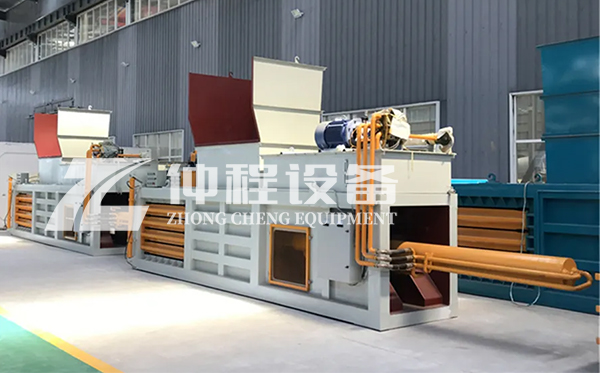
Despite the positive outlook, the waste sorting industry faces several economic challenges. The volatility in global commodity prices can affect the profitability of recycling operations, as the value of recovered materials fluctuates. However, the increasing emphasis on circular economy models presents new opportunities for growth. Businesses that can effectively integrate waste sorting into their supply chains stand to benefit from cost savings and enhanced brand reputation. Furthermore, there is a rising interest from investors in green technologies, indicating a potential influx of capital into the sector.
In conclusion, the waste sorting industry is set for an exciting year in 2025, driven by technological advancements, supportive government policies, and heightened public engagement. As the world continues to grapple with the challenges of waste management, the innovations and efforts within this field will play a critical role in shaping a more sustainable future. By embracing these changes, the industry not only contributes to environmental protection but also opens up new avenues for economic development and social responsibility.
-
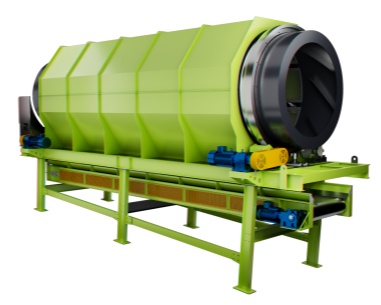 Trommel screenTrommel screen, also known as drum screens, are widely used in various industries for sorting and separating materials.Get Quote
Trommel screenTrommel screen, also known as drum screens, are widely used in various industries for sorting and separating materials.Get Quote -
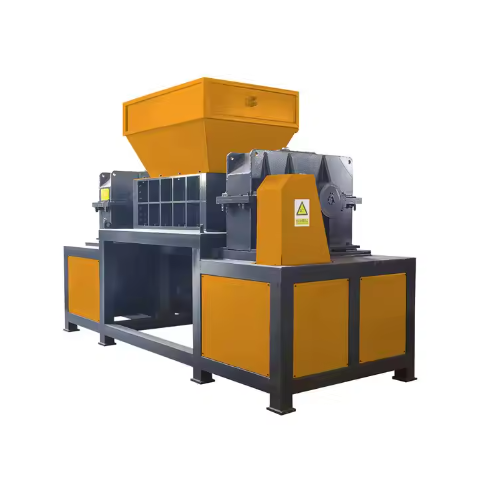 Crop straw double shaft shreddApplications:Biomass Energy Production: Shredded straw can be used as a feedstock for bioenergy plants to produce electricity or heat.Livestock Feed: Reduced-si...Get Quote
Crop straw double shaft shreddApplications:Biomass Energy Production: Shredded straw can be used as a feedstock for bioenergy plants to produce electricity or heat.Livestock Feed: Reduced-si...Get Quote -
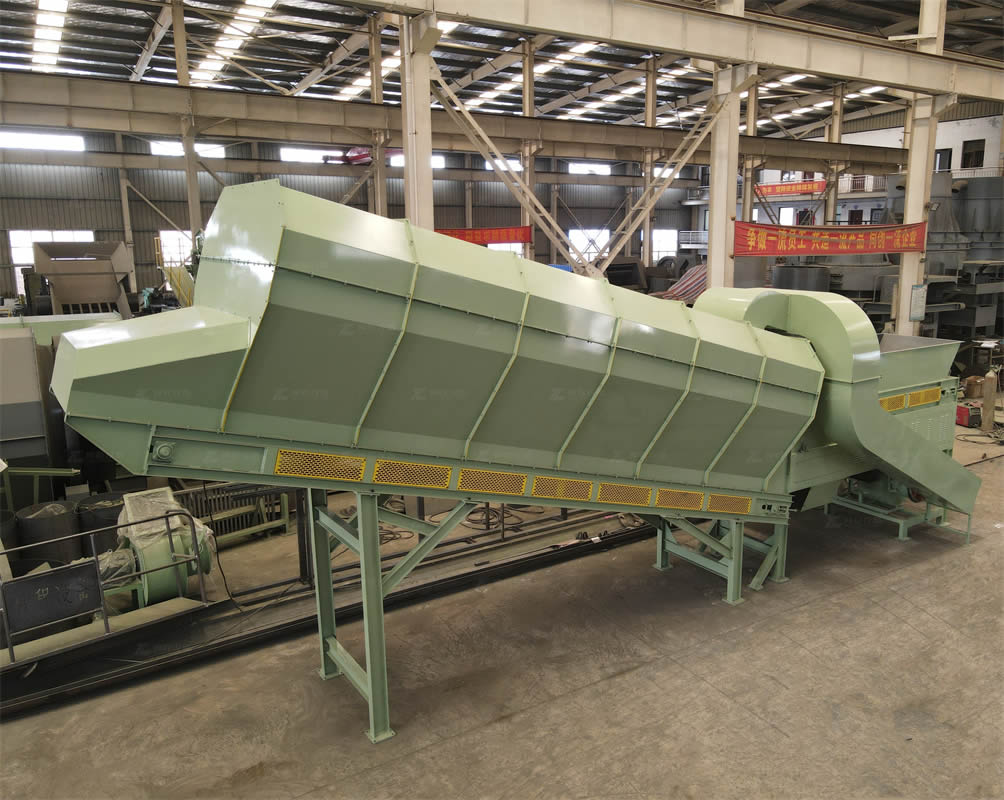 Zhongcheng Air Drum SeparatorAir drum separators effectively separate lightweight materials (e.g., plastics, paper) from heavier materials (e.g., metals, glass). This high efficiency is cru...Get Quote
Zhongcheng Air Drum SeparatorAir drum separators effectively separate lightweight materials (e.g., plastics, paper) from heavier materials (e.g., metals, glass). This high efficiency is cru...Get Quote
-
2023-01-12Apron FeedersApron Feeder is a conveyor manufactured from steel plates driven by steel chains wearing on steel surfaces. They are a robust design manufactured for durability...
-
2023-01-12Waste FeederWaste feeder was specially designed to optimize municipal solid waste sorting systems. The Drum Feeder ensures that your sorting system, baler or shredder has a...
-
2024-10-23Solid waste recycling plantOur company engaged in waste sorting system . We are professional about waste sorting system . We have professional technical team. Professional technical team...
-
2024-06-06Drum Screen For Composting PlantDrum screen, also known as a rotary drum screen or trommel screen, is an essential piece of equipment used in composting plants for the separation of compost ma...
-
2023-01-11Ballistic SeparatorBallistic separators are a crucial component in modern recycling and waste management systems, contributing to more efficient resource recovery and environmenta...



